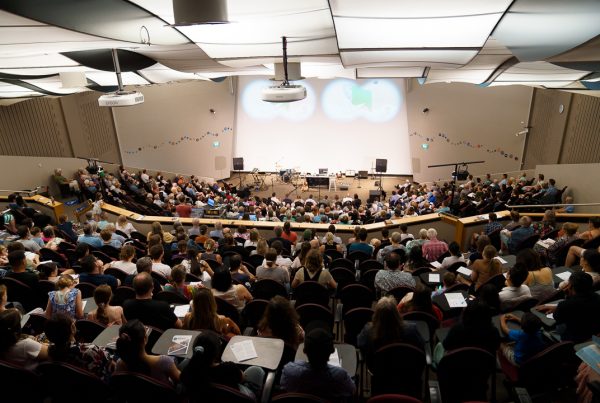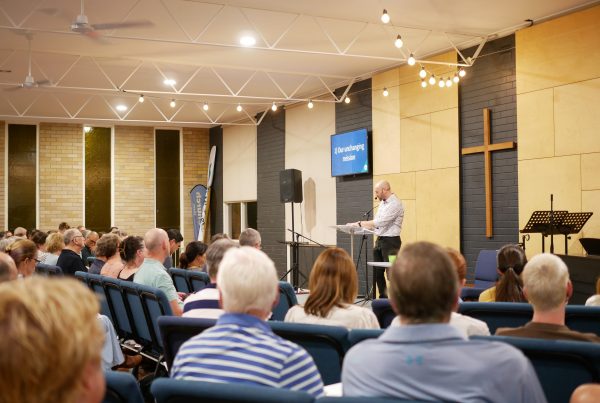On February 1, God willing, the St Michael’s roof replacement project will commence. Much needed slate replacement and other repairs will make the building watertight for the next multiple of generations to gather here, to know Christ and make him known.
Recently, I read an essay by Ed Loane, grandson of Sir Marcus, former Archbishop of Sydney. Ed attended St Michael’s as a child. His essay was on the history of Anglican Cathedrals, published for a milestone of our ‘big sister’ Cathedral, St Andrew’s in Sydney.
I discovered how the Reformation changed Cathedral ministry. King Henry VIII broke with Rome over papal supremacy, in association with his unwanted wife. But Henry was very conservative in seeing the Latin mass as the central aspect of Christian piety.
Greater changes came under his son, Edward VI, a boy King, who truly held to Protestant convictions. One piece of legislation under his reign was the abolition of “chantries”. A chantry was capital fund gifted to enable the chanting of the service of the so-called sacrifice of the mass, for the souls of the dead, especially of the donor. For hundreds of years this was a focus of Cathedral ministries. It explains the multiplication of small chapels up and down the sides of most cathedrals through Europe. Many clergy were employed just to chant the service the mass in Latin.
Edward’s reforms got rid of these altars. In its place came church services conducted in the language of the people, with sermons delivered in English. The Lord’s Supper was no longer thought of as a sacrifice, but as a remembrance of Christ’s once-for-all sacrifice completed on the cross. And justification (a declaration of righteousness with God) by faith alone in Christ’s perfect atoning work was taught.
Cathedrals had always been the ‘seat’ ( = ‘cathedra’ in Latin) or ‘headquarters’ for the bishop of a diocese (i.e. region). But the new reformed or gospel way of thinking about cathedrals was as centres for excellence in preaching and learning, training and sending.
That evangelical influence was always felt in the establishment of St Andrew’s Cathedral in the 1800s, and in the transition of St Michael’s from parish to cathedral in 1969. As we approach a very expensive $0.5M+ building project, I thought three quotes, in support of the building and renovation of St Andrew’s, collected by Ed Loane, should keep us focussed on what really matters: what God is doing in people’s lives!
Bishop Broughton, who first got St Andrew’s started, yet spoke of the real church:
“It is on behalf of this spiritual building that our exertions are called forth. It is with a view to promote the growth of piety and holiness, order and devotion, and faith and truth, and hope and charity, among ourselves, that we are building…”
Bishop Barker, who saw St Andrew’s completed:
“Let us never forget that we must each of us become living stones, animated and framed by the Spirit of God, in order that being built up into Christ in all things we may become a holy temple, acceptable unto the Lord, the habitation of God, through the Spirit.”
Archbishop Goodhew, after huge effort went into St Andrew’s beautiful restoration in 2000, put the focus beyond aesthetics:
“…the cathedral is a place of witness and instruction. Its task is to being all people the knowledge of God that we have in his word.”
As our generation gladly contributes to the stewardship of our modest Cathedral, let us not forget where the true focus should lie.
Sandy Grant
Senior Minister





